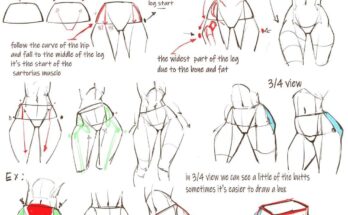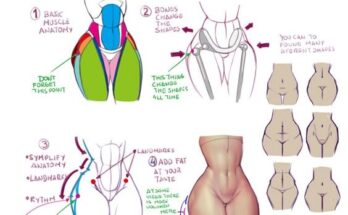7 beginner drawing exercises to radically improve your skills
Looking for beginner drawing exercises to help you progress your drawing skill?
Feel like you’re drawings are in a bit of a rut?
Today, we’re diving a post that’s perfect for beginners. You’ll learn essential beginner drawing skills and exercises to improve. Whether you’re picking up a pencil for the first time or looking to sharpen your skills, these exercises builds solid foundations.
This blog post is your assistant, that you use everyday and follow along to see epic improvements.
Before we begin, I recommend any pencil that you can get your hands on for all of these drawing exercises and skills, great choices are 2B, HB, or B pencils. If you’re using a pen that’s fine also!
Grab any sheets of paper, or in your sketchbook will work perfectly.
Let’s jump right in!
If you’ll rather watch instead of read, check out my video on my YouTube Channel – The Portrait Guru!
Drawing Skill 1: Practicing Lines
First up is simply practicing lines.
Focus on drawing lines using your whole arm, not just your wrist.
Practice drawing diagonally, horizontally to vertically. Experiment with different lengths of line, its direction, to how you hold your pencil whilst doing it. Try holding your pencil overhand, underhand to how you would write. What’s the difference in lines you can create with these different holds?
Practice tapered lines too, going from hard to light, light to hard strokes.
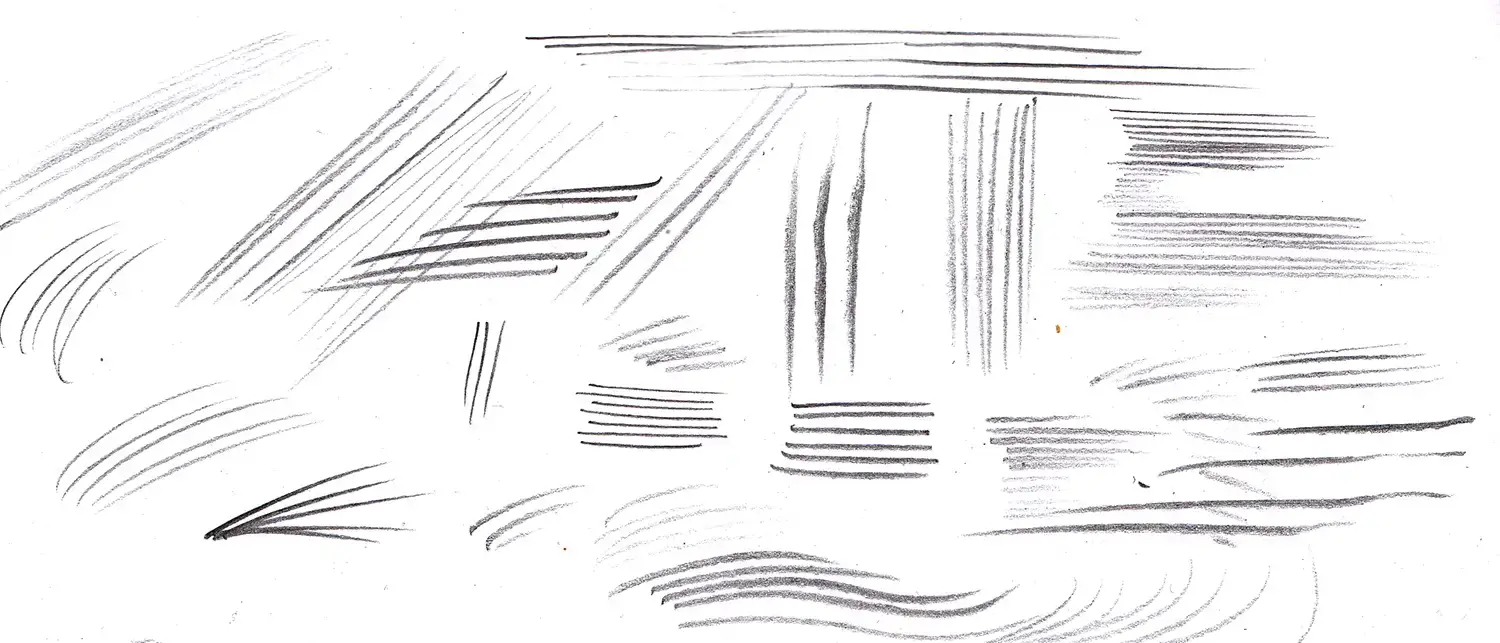
Rotate your paper to help your make drawing more comfortable.
Why is this a key drawing fundamental? This exercise enhances control, precision, and fluidity in your strokes, laying the groundwork for more intricate artworks.
Practice this drawing exercise for 5 minutes.
Drawing Skill 2: Basic Shapes
Now, let’s move on to step two! Drawing basic shapes.
Circles, squares, lines – these fundamental shapes may seem simple, but they are the building blocks of drawing.
Experiment with different sizes, shapes and orientations. Again focus on using your whole arm and ghosting the line.
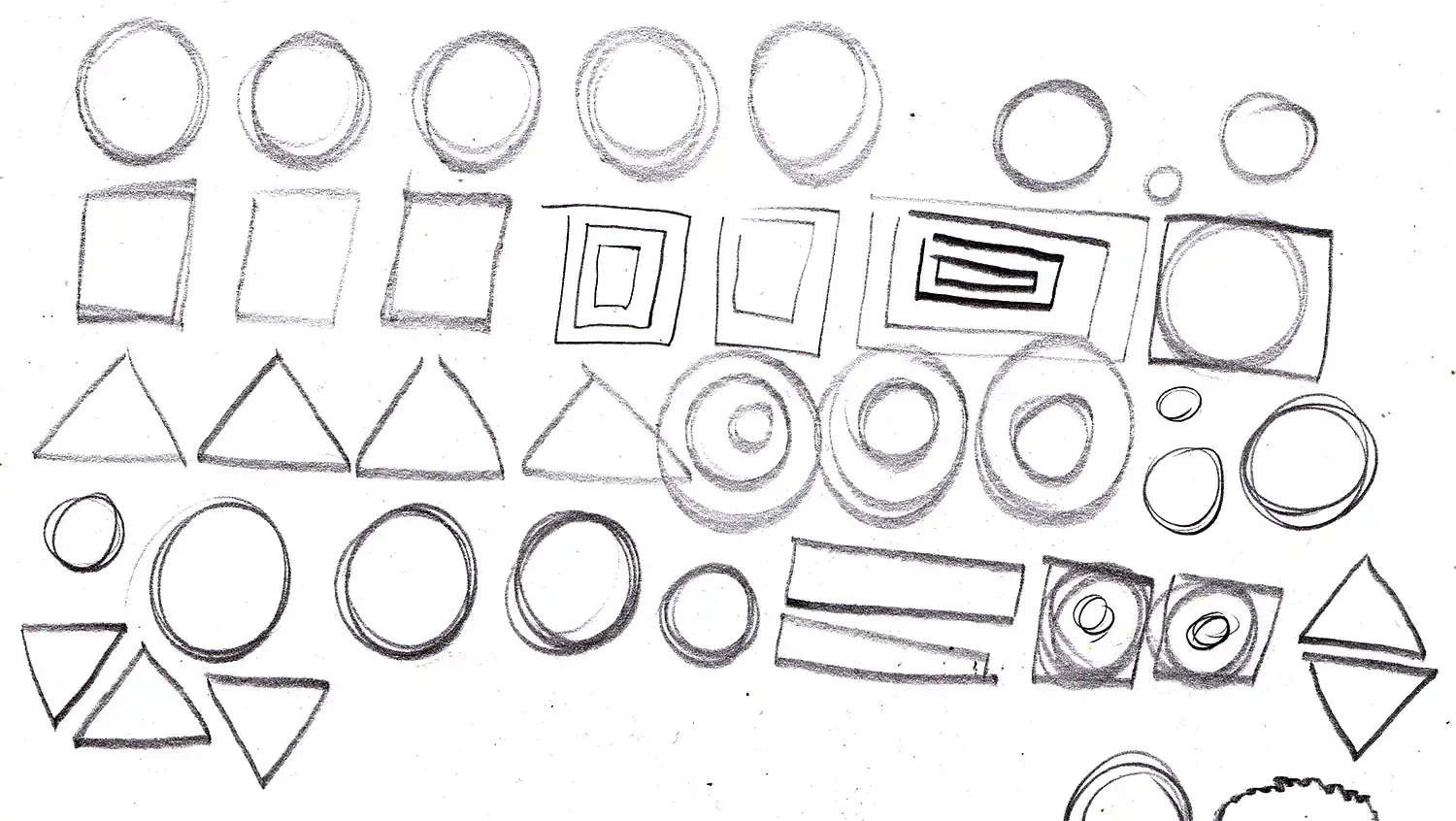
Avoid drawing scratchy lines but be confident in your marks, and follow through your shapes.
It’s ok if you make drawing mistakes – it means you’re learning!
This exercise helps you break down the most complex of subjects into simple shapes, progressing your observational drawing skills and key fundamentals.
Practice this drawing exercise for 5 minutes.
Drawing Skill 3: Basic Forms
In step three, we’re going to use the knowledge of drawing basic shapes from the last step and turn these into basic forms – think cylinders, cubes, cones.
Take everyday objects around your home and break them down into these shapes.
Pick simple objects like your phone, coffee mug, or even a sock.
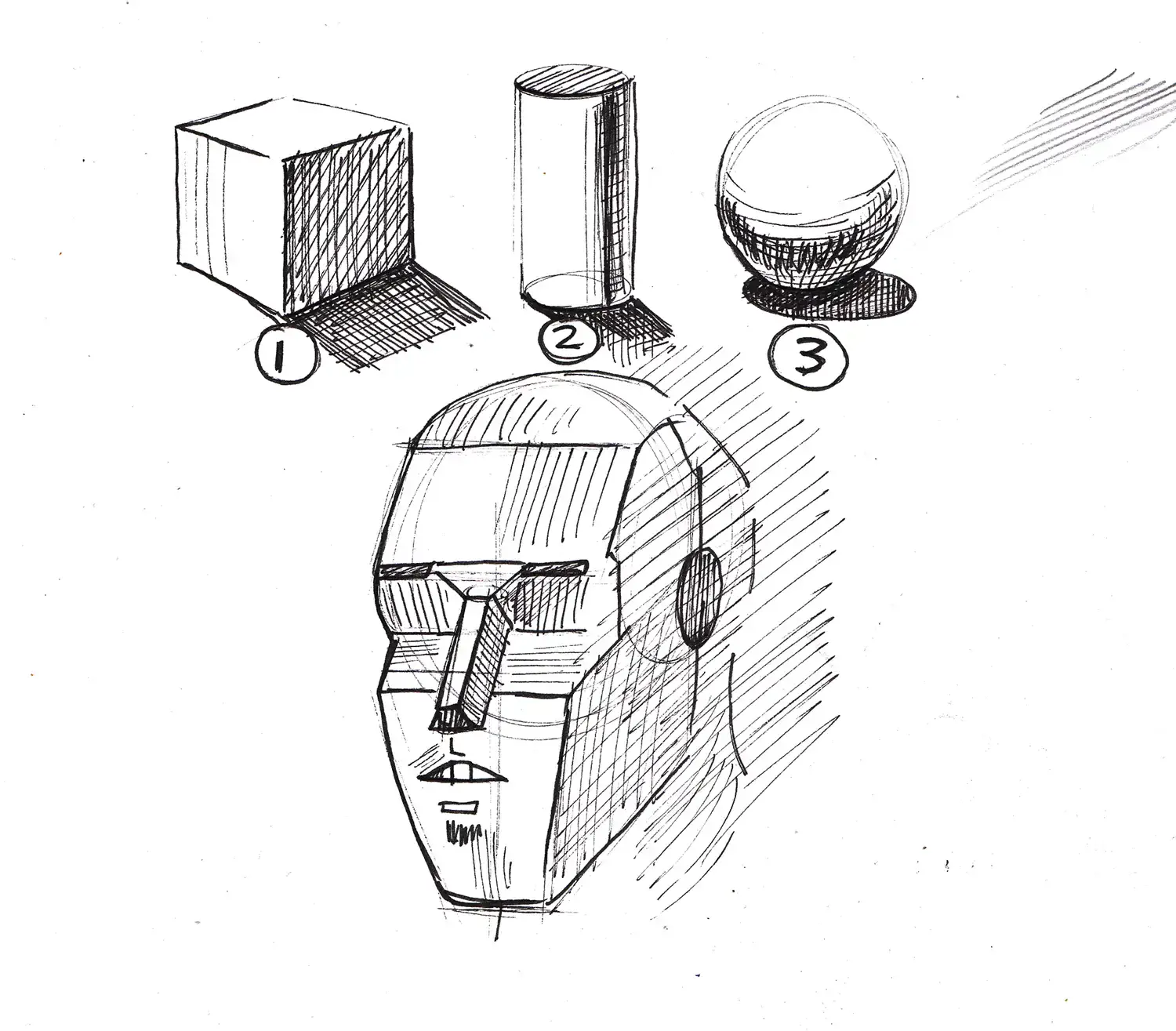
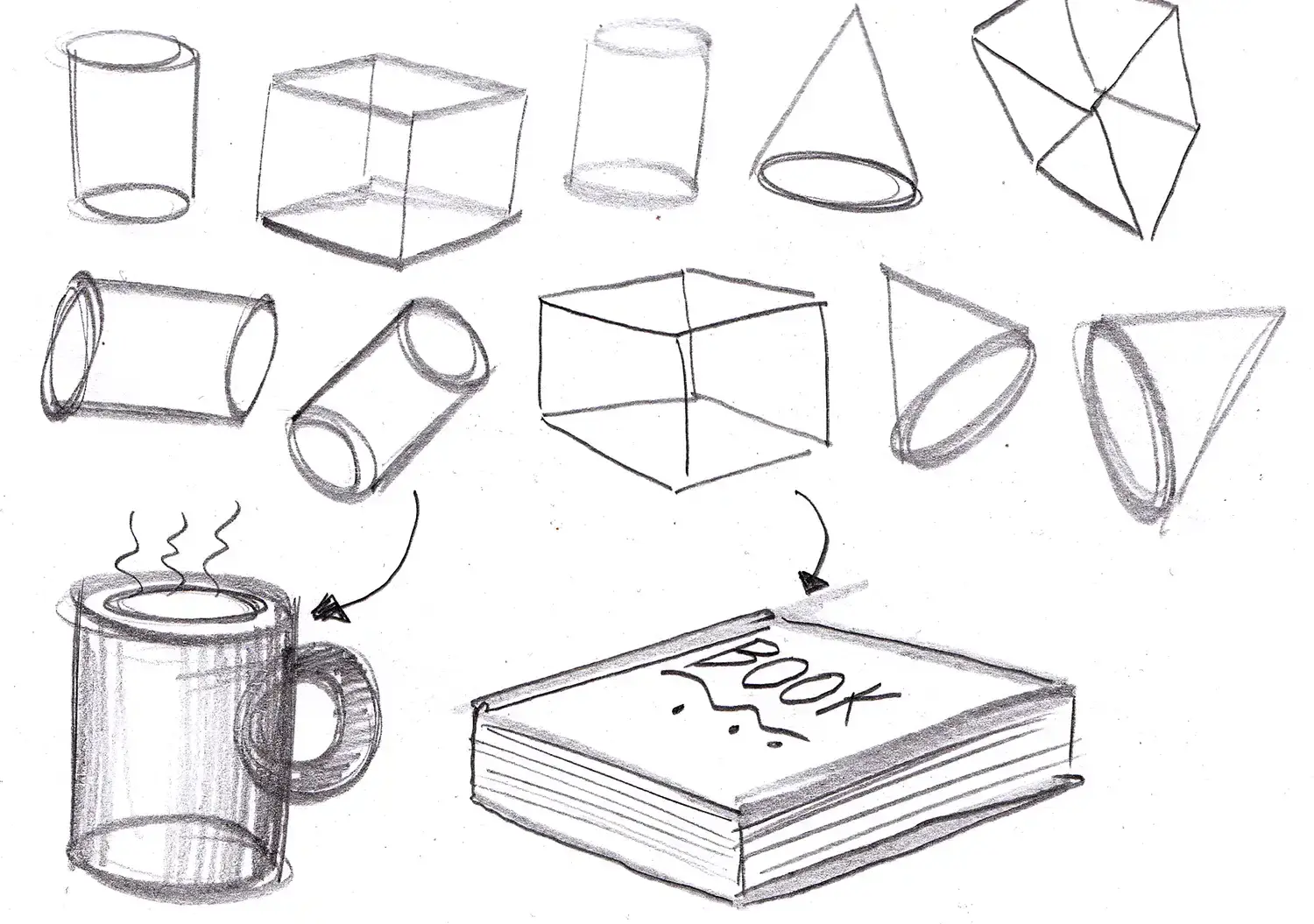
If you were to draw a mug, I would split it up into an ellipse for the top, a cylinder, another ellipse for the base and a circle for the handle. A book would be a simple cube in perspective.
This exercise sharpens your observational skills and helps you understand how to represent 3D objects on a 2D surface.
Practice this drawing exercise for 10-15 minutes.
Drawing Skill 4: Hatching and Shading
Step four brings us to hatching and shading.
Experiment with long hatching, short hatching, uneven hatching, weaving to flowing lines.
There’s so many ways to make a stroke unique, from it’s line weight, it’s spacing, to the amount of layers you draw.
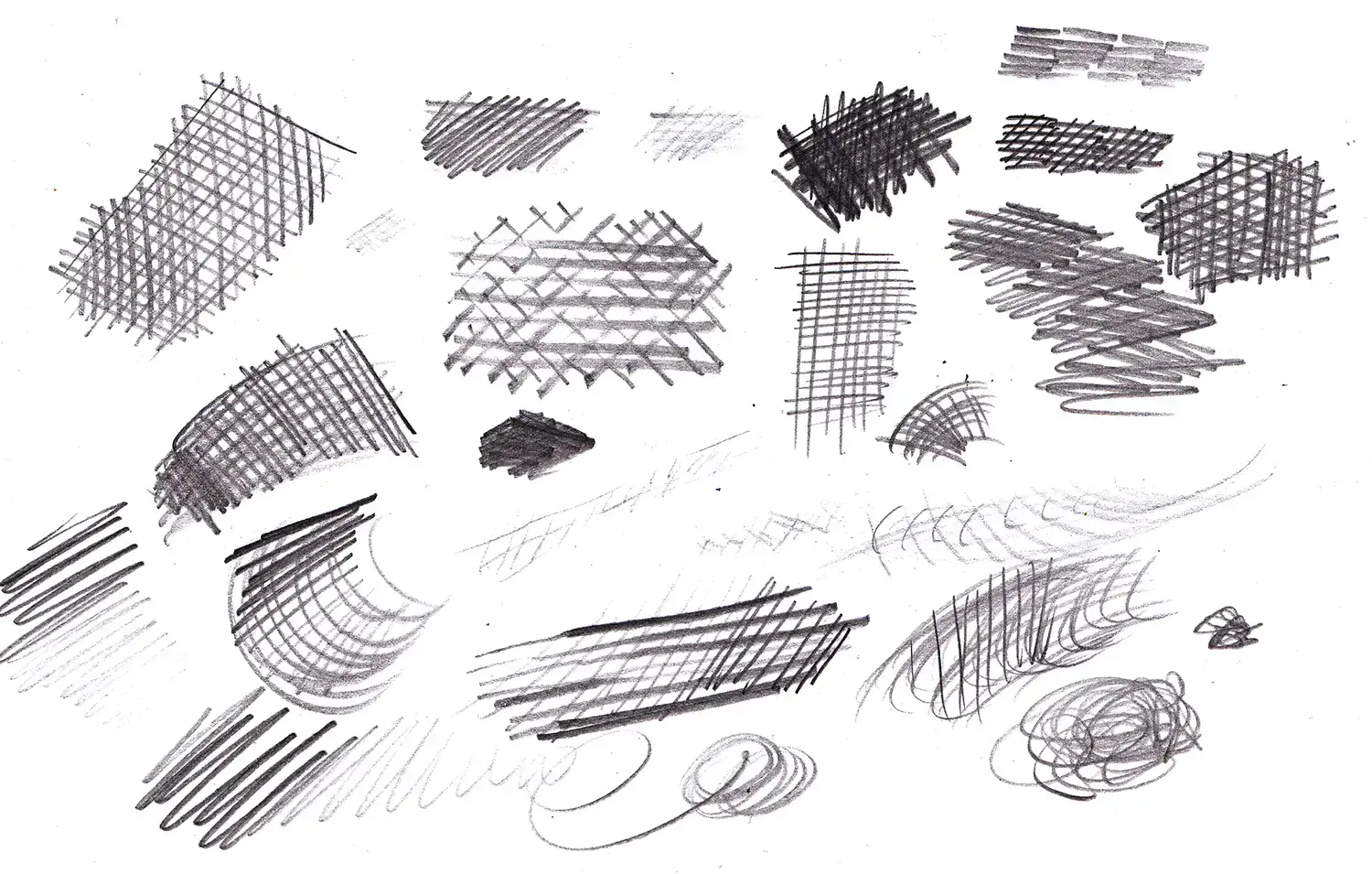
This skill is the backbone of shading and rendering, and you’ll be able to notice what’s possible! This builds your awareness of light and darks, crucial to add depth and dimension to your drawings, making them more visually engaging.
Remember, stroke variation and experimentation is key!
Practice this drawing exercise for 5-10 minutes.
Drawing Skill 5: Simple Values
Moving on to step five, I want you to draw a box. Don’t worry if your box isn’t in perspective or it just looks wrong, the focus is on values here.
Take that box and add different values to each side, using a total of only three to four shades. Can you see that you can make the box three-dimensional by just using these values?
Try this out with 2 shades only. This helps you see that values are crucial within drawing. Without shades and tones, a box can look flat.
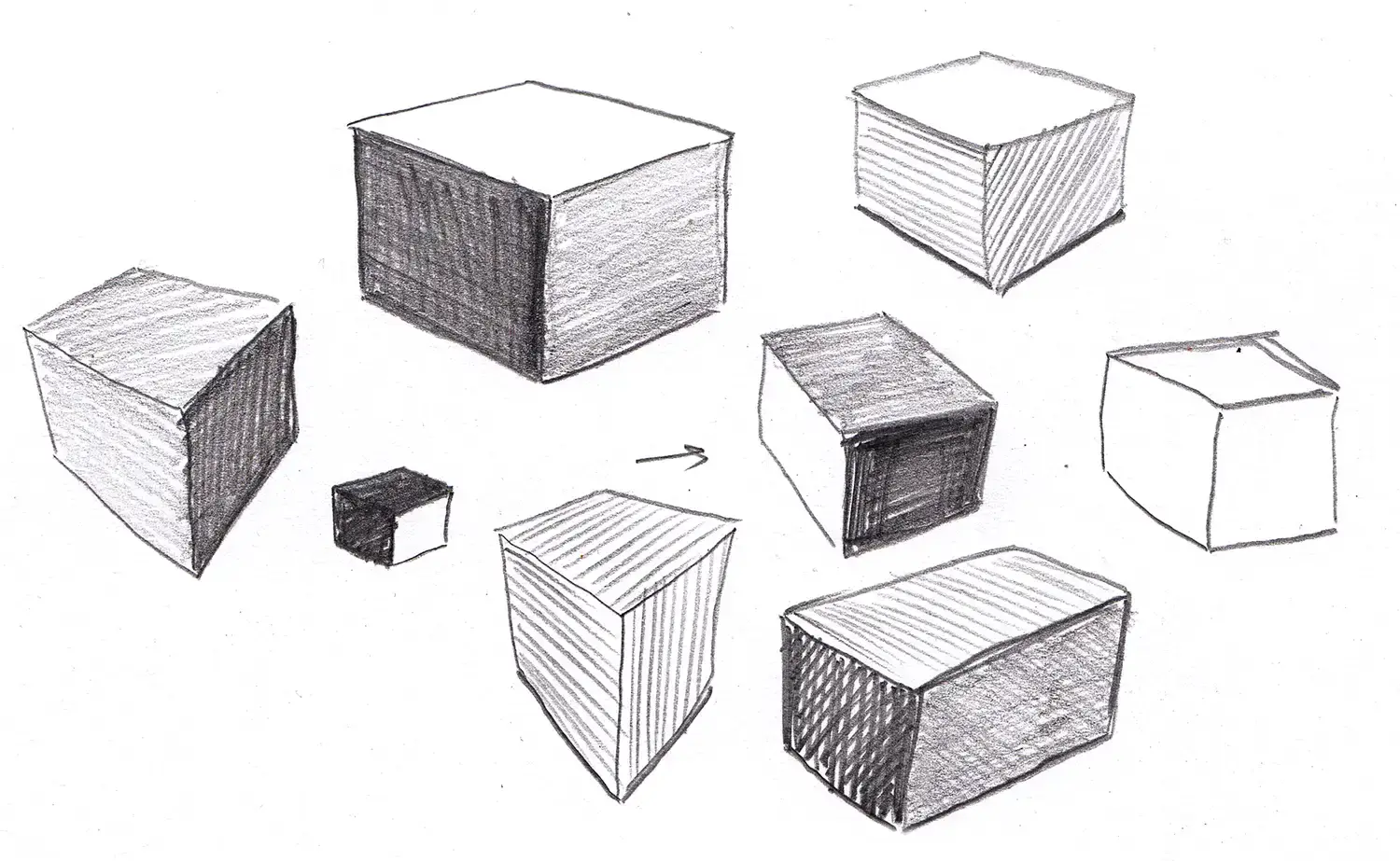
Try drawing boxes in other directions and shading each plane or side using a limited tonal value.
You can also advance these boxes and study simple objects around your home. How can you split a book, a glass or apple into three or four values?
This exercise enhances your understanding of light and shadow, how this forms three dimensional drawing and brings your drawings to life.
Practice this drawing exercise for 10 minutes.
Drawing Skill 6: Negative Space Exercise
Let’s delve into the world of negative space.
Instead of drawing an object, you’re going to draw the space around the object.
A great negative space object is a chair, as they often display plenty of negative space opportunities! Begin by looking at the object and noticing any negative space ‘holes’. I’ll draw the outline or shade that space.
Repeat this throughout the whole chair, and you’ll radically improve your drawing accuracy!
Don’t draw anything within the subject, only the space around it.

This exercise improves your accuracy and shifts your focus from the object itself to the spaces it occupies, enhancing your overall drawing perception.
You’ll begin to focus on the negative space and not the object, almost tricking your brain!
Practice this drawing exercise for 10 minutes.
Drawing Skill 7: Have Fun!
Finally, it’s time to have some fun and leave your session on a high!
Take everything you’ve learned and apply it to a lighthearted, enjoyable drawing.
The goal here is to relax, be creative, and let your newfound skills shine through. Don’t worry too much about what you draw, and simply have fun! This will make you realise how far you’ve progressed, have some enjoyment, but most importantly, encourage yourself to commit to these exercises tomorrow!
Draw anything you want! Doodle, practice some more if you love it or draw from imagination.
Practice this drawing exercise for 5-10 minutes.
Conclusion
And there you have it – seven essential beginner drawing exercises to set you on the path to artistic greatness. Again I recommend being consistent with these exercises to build your drawing skills.
Come back tomorrow, and go through these steps again.
- Practicing lines: 5 minutes
- Basic shapes: 5 minutes
- Basic forms: 10-15 minutes
- Hatching and shading: 5-10 minutes
- Simple values: 10 minutes
- Negative space: 10 minutes
- Have some fun: 5-10 minutes
If you feel like you’re making good progress after committed sessions, then keep pushing your skills by stepping outside your comfort zone.
For example, draw more complex household objects, drawing boxes with better perspective, or improve your hatching.
If you liked this blog post about 7 beginner drawing exercises, be sure to check out this step-by-step portrait drawing tutorial!
Or take a look at my book review of ‘Pen & Ink Drawing: A Simple Guide‘ by Aphonso Dunn.
Many thanks for listening and visiting my blog today. You can follow what I’m up to on my Twitter, Facebook, or Instagram pages, I’ll really appreciate it if you do, and don’t be afraid to say hi to me! Many thanks again, and have a great day!


